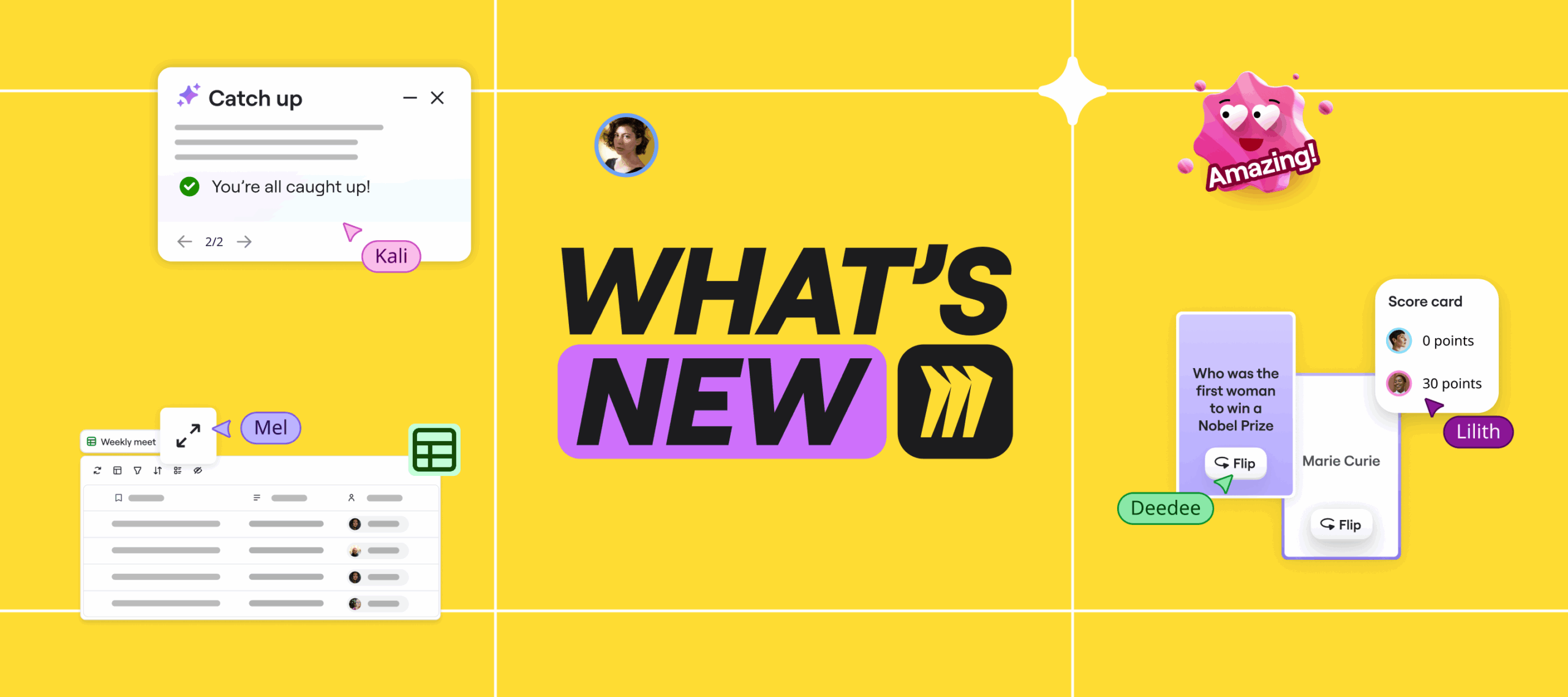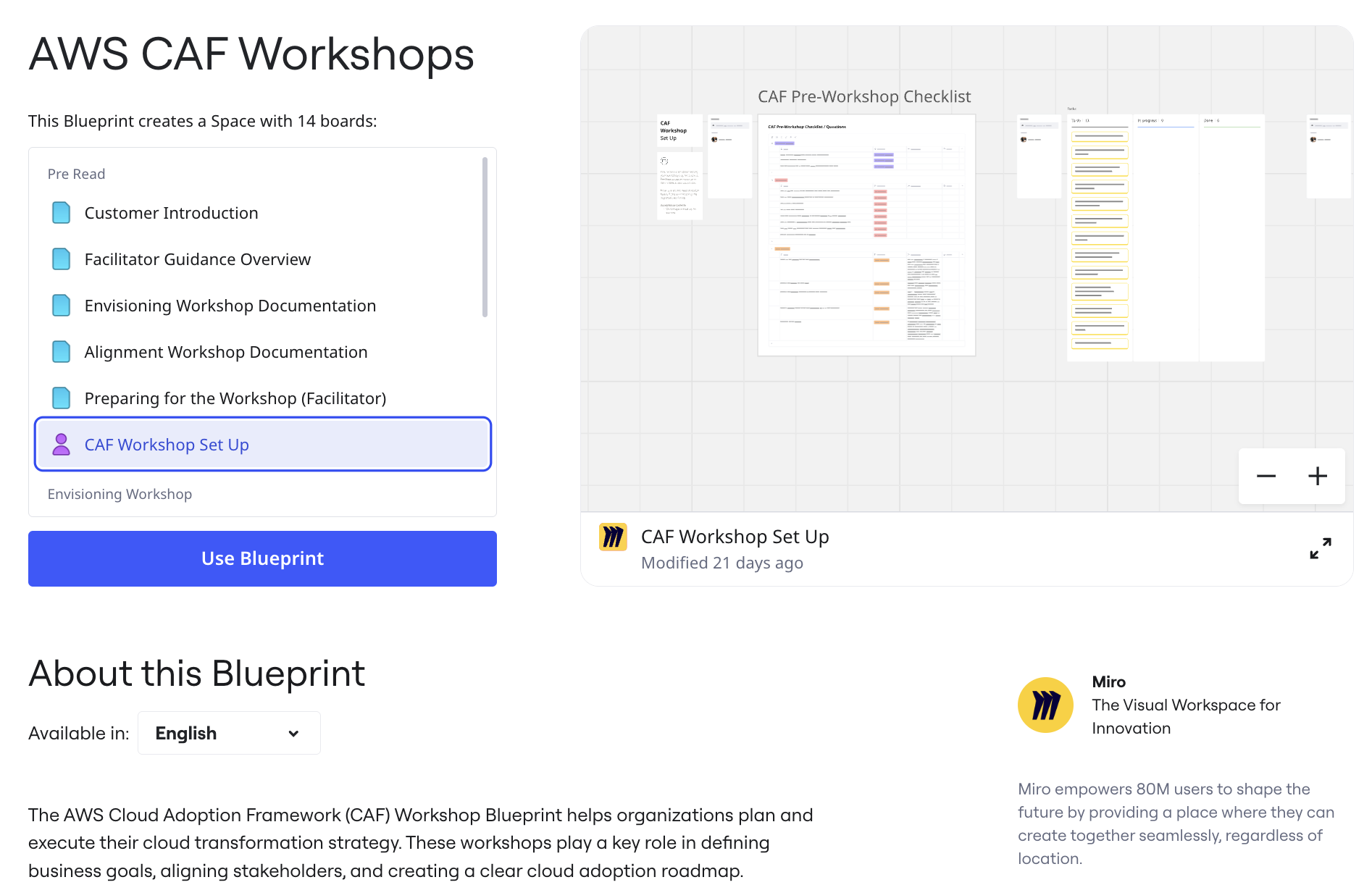As we discussed in Chapter 1, remote work is a widely accepted component of today’s culture, particularly in the technology and design industries. Recent U.S. based studies prove that managing remote teams is the essential ingredient in the future of work.
With the growth of remote teams exploding in the business world, you need to be ready for the challenges that this can bring. According to leading remote stuff startups like Groove, Zapier, and Buffer — building cutting-edge remote collaboration is still one of the biggest challenges.
Challenges of remote collaboration
There are obvious barriers to achieving flawless communication in remote teams:
- different сountries
- an array of languages
- time zone differences
- cultural diversity
Besides communication barriers, there are challenges associated with remote collaboration, including:
- poor person-to-person communication
- disorganized processes
- outdated and weak tools
Establishing efficient remote collaboration can remove the common barriers associated with this. Before we go into the specific rules and tips on how to achieve efficient remote collaboration, let’s take a closer look at the origin of four major remote collaboration types.
You may be familiar with the Agile process for product development, which was made famous by Spotify. This approach employs four specific phases: Think it, Build it, Ship it, Tweak it. Our team is using Agile methodology, not only for our in-office Development team, but we also have adopted it for our partly remote Marketing team. In using this approach a lot, we have a strong understanding of each stage of the process with one of the collaboration types. Here they are:
Think It stage: the phase that dreams up new ideas to solve problems, create new products and develop solutions. This stage can be referred to as idea-generating methods or simply as classic brainstorming.
Build It: a project management-controlled phase of creating the product or MVP; each step of the assignment is go through a project iteration process with help of different kinds of weekly meetings, after which it is submitted for approval.
Ship It: refers to the approval process, in which all stakeholders review and agree upon the current iteration.
Tweak It: is the conclusion of the project, a retrospective, designed to pull feedback from all involved parties on what worked and what didn’t in the most recent project.
In the following chapters, we will take you through four essential remote collaboration types or simple remote meetings. You can find potential barriers of these meetings, rules and tips for running them. Let’s begin with “brainstorming”.




